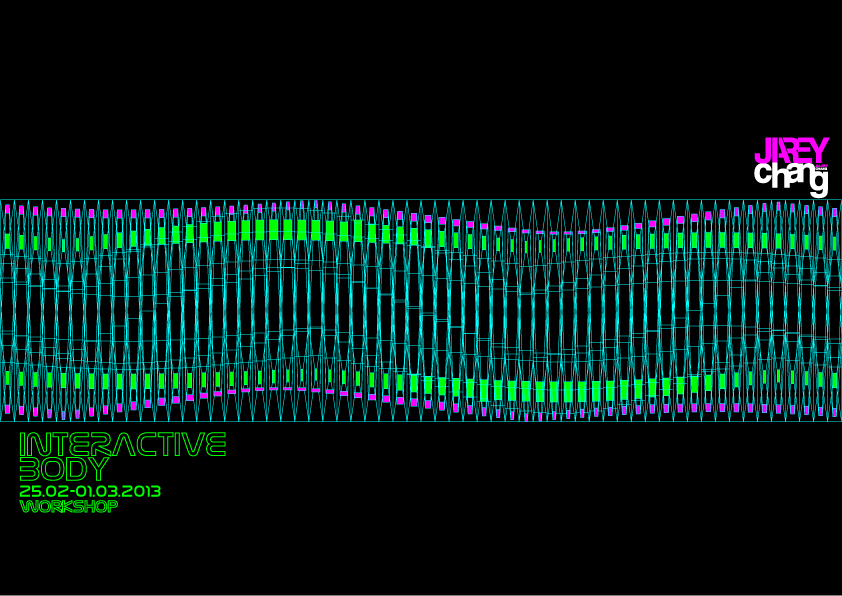WorkshopB2:frontpage
| Line 5: | Line 5: | ||
[Hyper-Morphology]: | [Hyper-Morphology]: | ||
Hyper-Morphology outlines a bio-inspired evolutionary design process with a primary focus on cellular differentiation, adaptation and self-organization via collective decision-making processes. This idea of Hyper-Morphology will be considered as the main guideline for developing the workshop's design projects. Participants need to know the basic generic process of cellular differentiation to see how the genetic rule sets drive the whole morphologic growing process of organisms in nature. Meanwhile, by understanding the logic of Signal Induction, which refers to cascades of signaling events, during which a cell or tissue signals to another cell or tissue to influence its developmental fate, participants will get the inspiration of how they can implement and experiment this kind of bio-inspired evolutionary design processes for adaptive spaces via collective decision making of autonomous architectural components. | Hyper-Morphology outlines a bio-inspired evolutionary design process with a primary focus on cellular differentiation, adaptation and self-organization via collective decision-making processes. This idea of Hyper-Morphology will be considered as the main guideline for developing the workshop's design projects. Participants need to know the basic generic process of cellular differentiation to see how the genetic rule sets drive the whole morphologic growing process of organisms in nature. Meanwhile, by understanding the logic of Signal Induction, which refers to cascades of signaling events, during which a cell or tissue signals to another cell or tissue to influence its developmental fate, participants will get the inspiration of how they can implement and experiment this kind of bio-inspired evolutionary design processes for adaptive spaces via collective decision making of autonomous architectural components. | ||
| − | |||
| − | |||
| − | |||
<div style="float:left; width: 170px; height 30px; border: 1px solid #aaa; margin-right:17px; " align="center"> | <div style="float:left; width: 170px; height 30px; border: 1px solid #aaa; margin-right:17px; " align="center"> | ||
| Line 14: | Line 11: | ||
<div style="float:left; width: 150px; height 30px; border: 1px solid #aaa; margin-right:17px; " align="center"> | <div style="float:left; width: 150px; height 30px; border: 1px solid #aaa; margin-right:17px; " align="center"> | ||
| − | [[WorkshopB2:interactions |''' | + | [[WorkshopB2:interactions |'''Technical-s''']] |
</div> | </div> | ||
Revision as of 18:21, 11 February 2013
[Hyper-Morphology]: Hyper-Morphology outlines a bio-inspired evolutionary design process with a primary focus on cellular differentiation, adaptation and self-organization via collective decision-making processes. This idea of Hyper-Morphology will be considered as the main guideline for developing the workshop's design projects. Participants need to know the basic generic process of cellular differentiation to see how the genetic rule sets drive the whole morphologic growing process of organisms in nature. Meanwhile, by understanding the logic of Signal Induction, which refers to cascades of signaling events, during which a cell or tissue signals to another cell or tissue to influence its developmental fate, participants will get the inspiration of how they can implement and experiment this kind of bio-inspired evolutionary design processes for adaptive spaces via collective decision making of autonomous architectural components.
Contents |
